How Telephone Data Collection Enhances Accuracy in Research Studies
Introduction to Telephone Data Collection
In the digital age, where data-driven insights are pivotal for decision-making, the methods by which we collect data have evolved significantly. Among these methods, telephone data collection remains a cornerstone for researchers and organizations looking to gather reliable, accurate, and timely information. This article explores the landscape of telephone data collection, its types, benefits, challenges, and best practices, providing a comprehensive guide for professionals seeking to maximize their data collection strategies.
The Evolution of Data Collection Methods
The journey of data collection has seen a remarkable transformation over the decades. Initially dominated by face-to-face interviews, the advent of technology brought forth methods such as online surveys and mobile data collection. Despite these advances, telephone data collection has retained its relevance by adapting to changing demographics and technology use. Its roots can be traced back to the early 20th century, primarily utilized for market research and public opinion polling. Today, telephone data collection employs sophisticated techniques such as Computer-Assisted Telephone Interviewing (CATI), making it more efficient and reliable.
What is Telephone Data Collection?
Telephone data collection refers to the practice of gathering information through structured interviews conducted via telephone. This method involves interviewers reaching out to respondents, engaging them in conversation, and asking a predetermined set of questions. The information is subsequently recorded and analyzed for various purposes, including academic research, market analysis, and public opinion polling. Notably, telephone surveys can accommodate both qualitative and quantitative data collection, allowing for a versatile approach to research.
Importance of Accurate Data Collection
Data accuracy is paramount in any research endeavor. Inaccurate data can lead to flawed conclusions, misguided strategies, and financial losses. Telephone data collection provides a controlled environment where interviewers can ensure that respondents understand the questions being asked, thus improving the reliability of responses. Furthermore, the real-time nature of data entry during interviews minimizes the risk of data misinterpretation, making telephone surveys an essential tool for effective research.
Types of Telephone Data Collection
Computer-Assisted Telephone Interviewing (CATI)
CATI is a method of conducting telephone interviews where interviewers use a computer system to guide the conversation. The system prompts the interviewer with the questions in a logical order, allowing for complex survey designs that can change based on responses. This method not only streamlines the data collection process but also enhances data accuracy by minimizing human error in question delivery and response recording.
Traditional Telephone Surveys
Traditional telephone surveys involve interviewers following a set questionnaire without the aid of a computer. This method, while still effective, can be less efficient than CATI as it relies heavily on the interviewer’s ability to conduct interviews and record responses accurately. Traditional surveys are often utilized in simpler projects or when budget constraints do not allow for sophisticated technology.
Hybrid Approaches in Data Collection
Hybrid methods combine elements of both telephone surveys and other data collection techniques, such as online questionnaires or in-person interviews. This approach enables researchers to leverage the strengths of multiple methods. For example, a researcher might conduct telephone interviews to screen participants before inviting them to complete a more exhaustive online survey, thus enhancing the overall depth of the data collected.
Benefits of Telephone Data Collection
Cost-Effectiveness Compared to Other Methods
One of the primary advantages of telephone data collection is its cost-effectiveness, particularly when comparing it to face-to-face methodologies. While recruitment for in-person interviews can be resource-intensive, telephone surveys require relatively less investment in terms of travel expense and time. The technology supporting telephone interviews often allows for higher sample sizes without proportionately increasing costs, thus providing a broader and more diverse dataset for analysis.
Speed and Efficiency of Data Gathering
Telephone data collection facilitates rapid data gathering. Interviewers can connect with a larger number of respondents in a shorter time frame compared to traditional methods. This speed is especially advantageous in situations where timely data is crucial, such as political polling or market research following a product launch. Moreover, the ease of scheduling and conducting interviews over the phone allows respondents to participate at their convenience, potentially increasing participation rates.
Targeting Specific Demographics Effectively
Telephone surveys enable researchers to effectively target specific demographic groups, including niche audiences that may be harder to reach through online methods. For instance, older individuals or those without internet access may be more responsive to telephone interviews. Additionally, telephone data collection allows for targeted outreach to geographic areas, professions, or age groups, ensuring that the data collected accurately represents the intended demographic for the research.
Challenges in Telephone Data Collection
Concerns Regarding Response Rates
Despite its many advantages, telephone data collection faces challenges, particularly with response rates. As more individuals opt out of traditional phone services in favor of mobile devices, reaching potential respondents can become increasingly difficult. Additionally, the rise of telemarketing has led to growing public reluctance to engage with unknown numbers. Researchers must employ strategies such as randomized dialing and offering incentives to mitigate these issues and improve response rates.
Interviewer Bias and Its Impact
Interviewer bias can significantly affect the quality of data collected during telephone interviews. The tone of voice, phrasing of questions, and even the interviewer’s personal beliefs can inadvertently influence respondents’ answers. To combat this issue, organizations should implement rigorous training for interviewers, emphasizing neutral presentation of questions and the importance of following protocols. Regular monitoring and reviews of recorded conversations can help identify and rectify any biases that may arise during interviews.
Technology Dependency in Data Collection
While technology has improved data collection, it has also introduced a reliance on technological infrastructure. Technical issues such as software failures or poor internet connectivity can disrupt studies and affect data integrity. Organizations must invest in reliable technology and implement contingency plans for potential failures, ensuring that data collection can proceed smoothly regardless of technical difficulties.
Best Practices for Effective Telephone Data Collection
Crafting Effective Survey Questions
The foundation of successful telephone data collection lies in the development of effective survey questions. Questions should be clear, concise, and designed to elicit specific information from respondents. Avoiding jargon and complex wording is crucial since misunderstandings can lead to inaccurate data. Pilot testing questions with a small sample can help refine wording and structure before broader implementation.
Training Interviewers for Optimal Performance
Investing in comprehensive training for interviewers is essential for maximizing the quality of data collected via telephone. Training should encompass technical skills for utilizing interviewing software and soft skills for effective communication with respondents. Emphasizing techniques for establishing rapport can enhance response quality and yield more reliable data. Regular feedback and role-playing scenarios can further reinforce skills learned during training.
Analyzing and Interpreting Collected Data
Once data has been collected, the next step is thorough analysis and interpretation. Utilizing statistical software can aid in uncovering trends and patterns within the data. Researchers should also be mindful of contextual factors that may influence responses, ensuring that conclusions drawn from data are valid and reliable. Post-analysis, it’s good practice to report findings transparently, acknowledging any limitations or biases discovered during the data collection process.
Conclusion
Telephone data collection remains a vital tool for researchers across various domains. By understanding the types, benefits, challenges, and best practices associated with this method, organizations can harness its power to collect accurate data effectively. As the landscape of telecommunications evolves, so too will the strategies used in telephone data collection. Embracing these changes while adhering to best practices will ensure that research continues to yield valuable insights that inform decision-making.
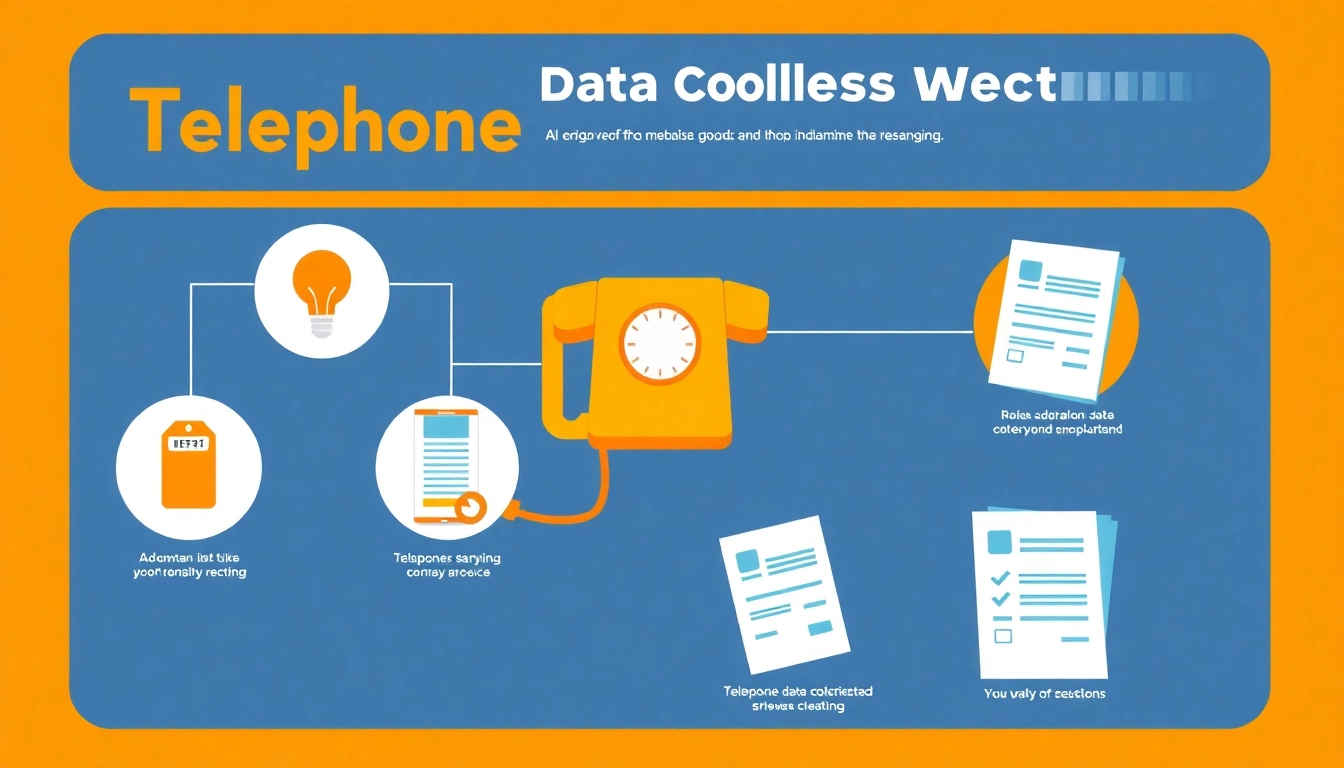

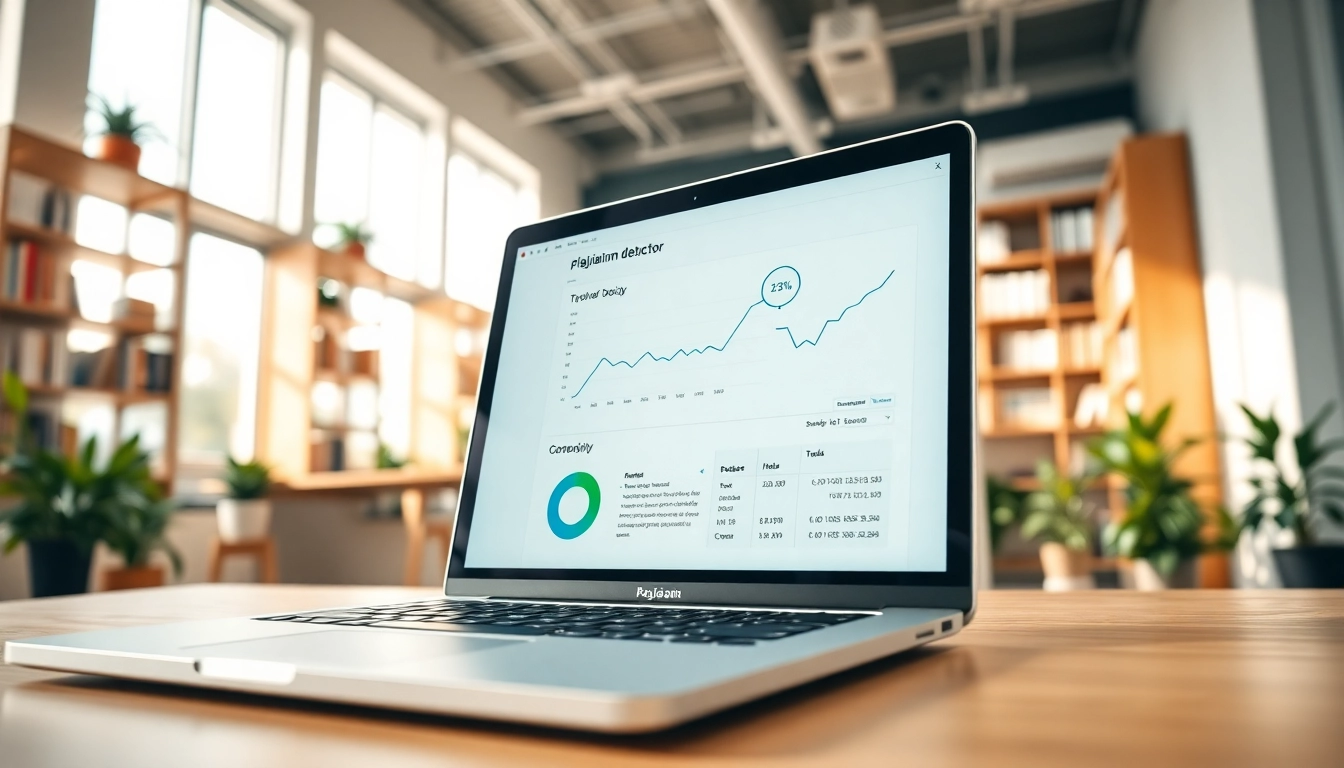
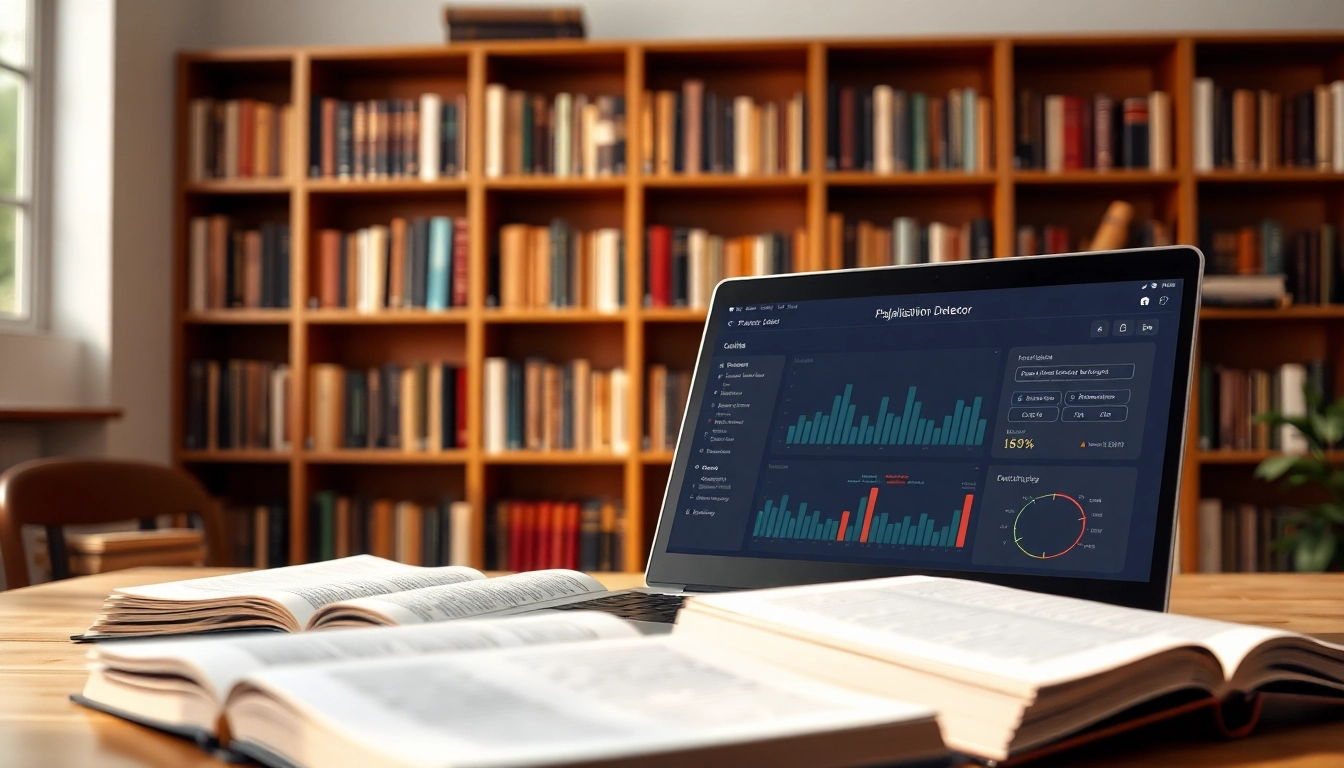




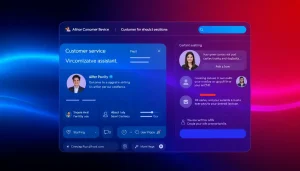
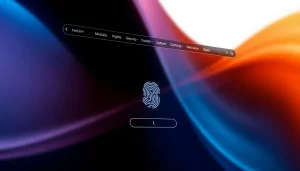

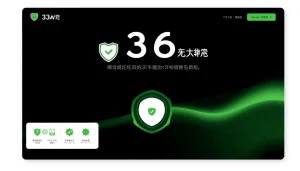


Post Comment